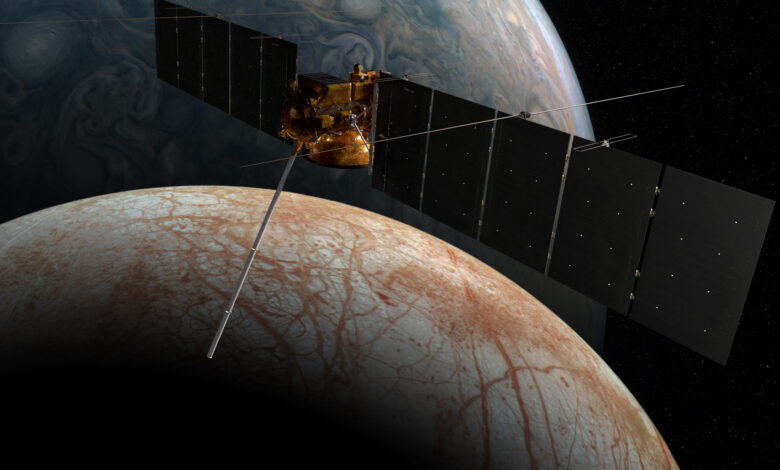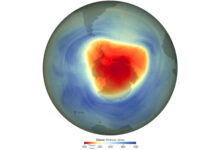
The probe’s circular motion means that the full path to Jupiter will be 2.9 billion kilometers, or nearly 20 times the distance from Earth to the Sun. Taking into consideration the fact that Jupiter is only 590 million kilometers away from us at its closest point and will not be more than a billion kilometers away, Clipper will have a long way to go.
However, Clipper’s trajectory is shorter than that of Joss, which was launched in April 2023 and will reach Jupiter after Clipper. Getting some extra speed through gravitational assists can make space travel faster; But traveling this way will definitely not be as fast as shooting straight to the target. So why do we do this?
The main difference between spacecraft like Europa Clipper, Joss, and Juno on the one hand and probes like Voyager on the other is whether the probes aim for long-term presence or close-bys. If you’re looking for a quick visit (or even want to hit the target), your speed won’t matter much. However, in order to be placed in the orbit of a mass, a probe must eventually be placed in the orbit of the sun at a speed similar to that mass.
Read more:
Whether we can easily place spacecraft in the orbit of Mars and Venus or even land on their surface does not depend so much on their distance from us; Rather, these planets revolve around the sun at a speed not much different from that of the Earth. When we launch the probe, it orbits the Sun at the same speed as the Earth, thanks to the thrust provided by the launch vehicle. It is not difficult to change the speed of the spacecraft until it matches the speed of its nearest neighbors; But Jupiter is a different destination.
The orbital speed of other gas giants is much different from that of Earth, and therefore it is more difficult to send a probe to them. For example, most of the launch mass of the Cassini spacecraft consisted of fuel.
It also required the Joss probe to travel a longer distance to receive gravitational assistance, which included an unprecedented trajectory assisted by the Moon and Earth; Because it was launched with the Ariane 5 rocket. This rocket has less lift than the Falcon Heavy that was used to launch Europa Clipper. Earlier plans for Clipper called for it to be launched by the Space Launch System (SLS), NASA’s new large rocket that could provide enough thrust to reach Jupiter directly; But SLS is still not a reliable rocket.
All the above reasons show why, despite the scientific importance of sending a probe to Uranus and Neptune, no mission has been planned for these purposes yet; Because investing for a destination that takes decades to reach can be very difficult. This problem has caused some experts to propose dangerous and strange ideas instead of a direct route to send a spacecraft into Neptune’s orbit.








